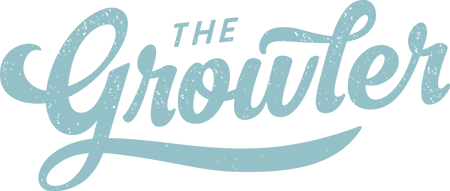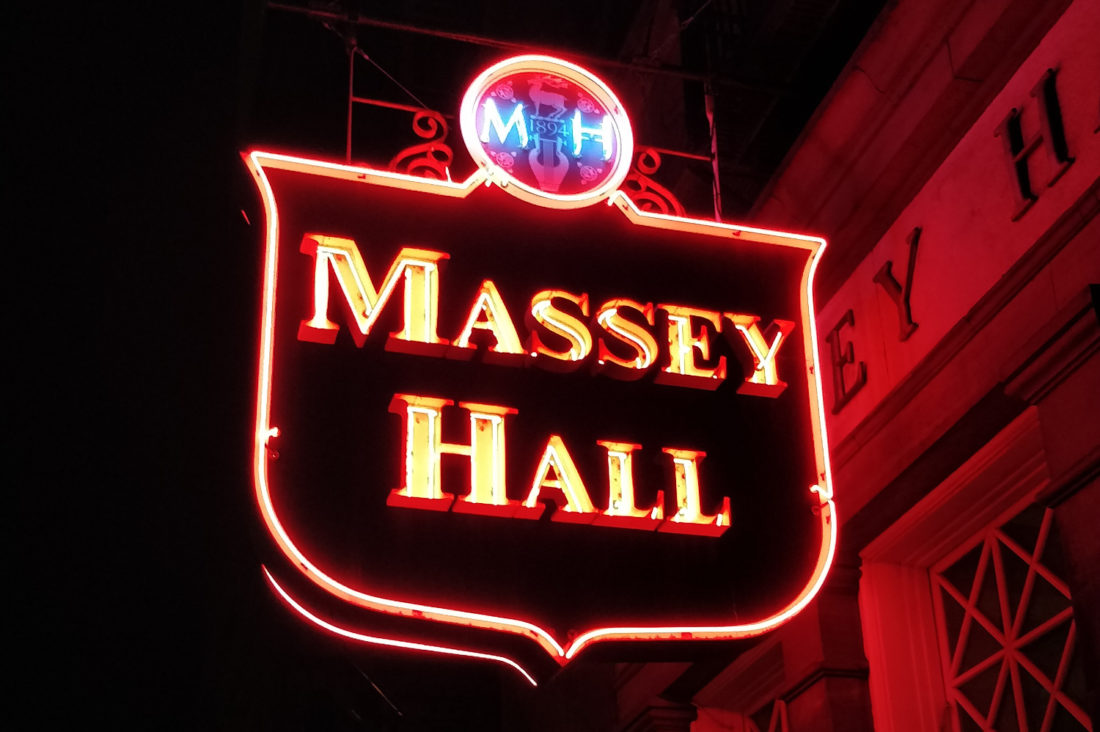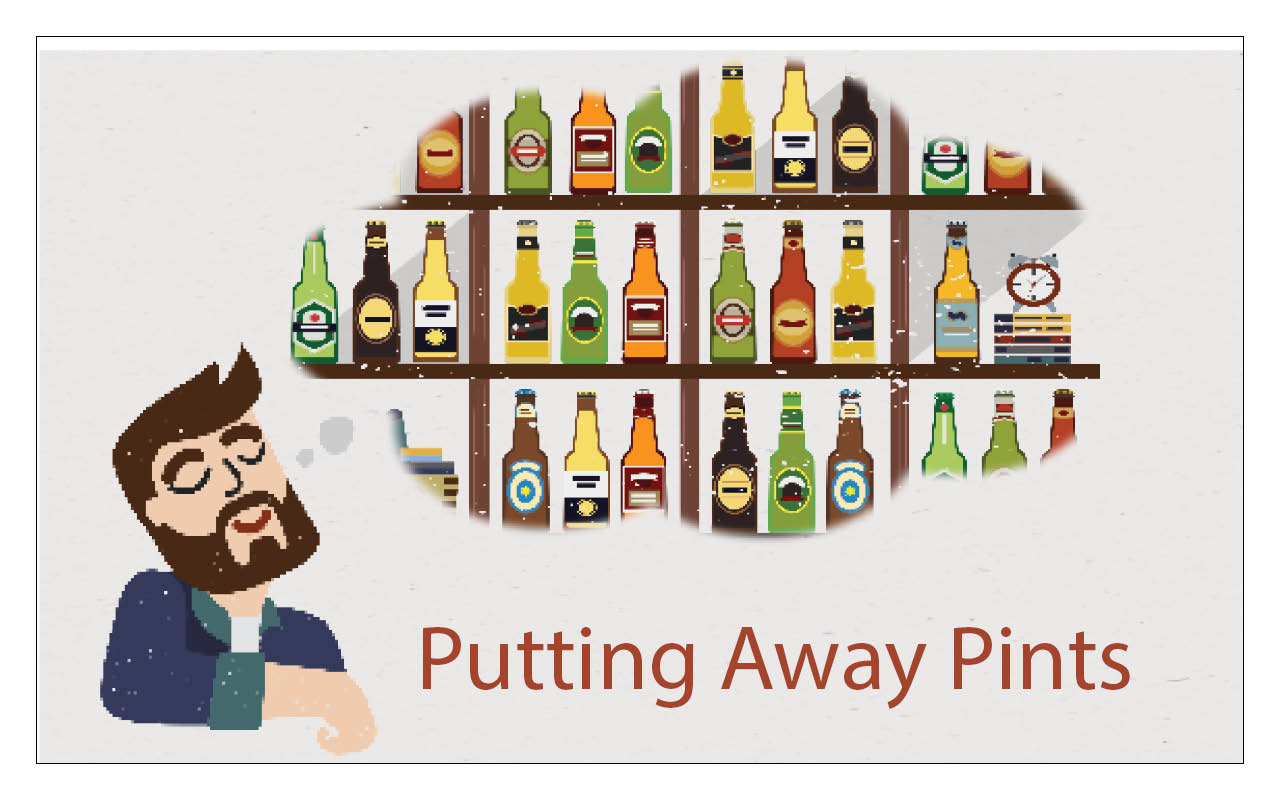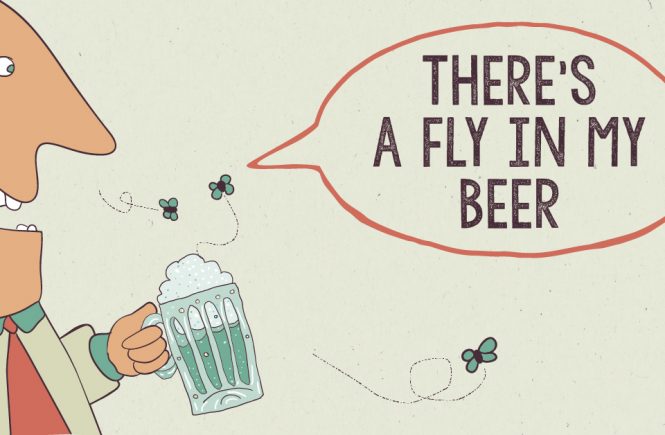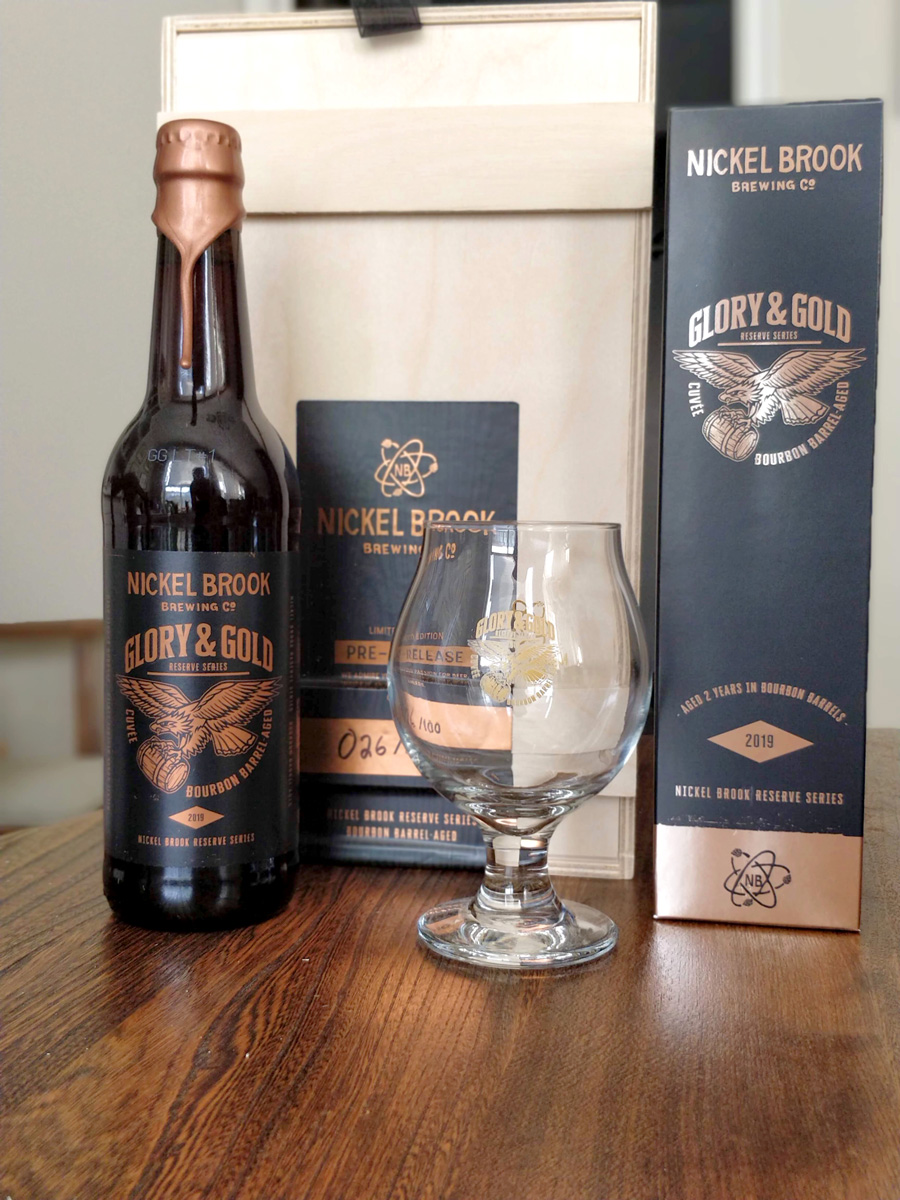
Ontario beer drinkers show their love via their wallets. When they venture into the expensive end of the catalogue are they getting good value for their money?
When you first get into craft beer, your enthusiasm can make you behave as if money is no object. $22 bourbon barrel-aged stout? Better buy one to drink now and also one to age. $15 for 341-ml bottles of wild fermented cherry sours? Sign me up for a six-pack. $5 short cans of a double-dry hopped NEIPA? Is there a limit per person?? Who cares what these things cost? You can’t possibly miss out on this limited release!
Craft beer is exciting and interesting and there is seemingly no shortage of amazing-sounding beer that you must have. It’s easy for your excitement to push the limits of your daily withdrawal limit.
But, of course, this simply isn’t sustainable. At a certain point in your life, you tend to dial down the FOMO and start to prioritize things you really can’t avoid paying for—things like rent, car payments and diapers. And when that day comes (and it will come, gentle reader) you might find, as I have, that the actual price of your beer starts to be a larger factor in your purchase decision and you may start to wonder, as I have, why the hell is some beer so expensive?
First, it should be said that, in the realm of all liquids, beer is not really that expensive when you’re considering the price per ounce. The cost is nothing compared to, say, the cost of Chanel perfume ($2,785.79 per litre), printer ink ($713.14/litre) or even human blood ($396.30/litre). Expensive is a relative term, really.
But while it might not be fair (and it might be a little weird) to compare the cost of beer to the cost of bodily fluids, the evidence does seem to support my feeling that the cost of beer has risen substantially.

Consider how much fuss was made back in 2012, for example, when the Trappist beer Westvleteran XII (considered by some to be the “best beer in the world”) hit LCBO shelves for the shocking price of $75.40 for a six-pack. Newspapers covered the beer’s release and beer nerds were hotly divided on whether or not this highly regarded beer was worth the cost.
On a per-litre basis, the cost worked out to $38.08. Considerably less than perfume, printer ink and blood, but these days that price wouldn’t even make it the highest priced beer at the LCBO. In fact, there are currently 13 SKUs in the LCBO that work out to a higher price per litre than Westy.
As you might expect, imports top the increasingly pricy list: Oxbow Brewing Company’s farmhouse pale ale works out to $39.30 per litre, Oud Beersel Bvba Geuze Barrel Selection Oude Pijpen is $35.90, and way out in front is Brouwerij 3 Fontein’s 3 Fonteinen Hommage which, at $49.85 for a 750-ml bottle, works out to a whopping $66.47 per litre and earns the spot as the most expensive beer by volume in our province’s state-run liquor stores.
But it isn’t just the fancy-schmancy imports that seem to be breaking the bank. Many a “specialty craft” option weighs in at the fairly wallet stinging-area of 60 cents per ounce. London’s Forked River Flanders Red, Great Lakes Brewery’s Harry Porter, and Nickel Brook’s Glory & Gold are all more than half the price of that storied Trappist beverage, for example.
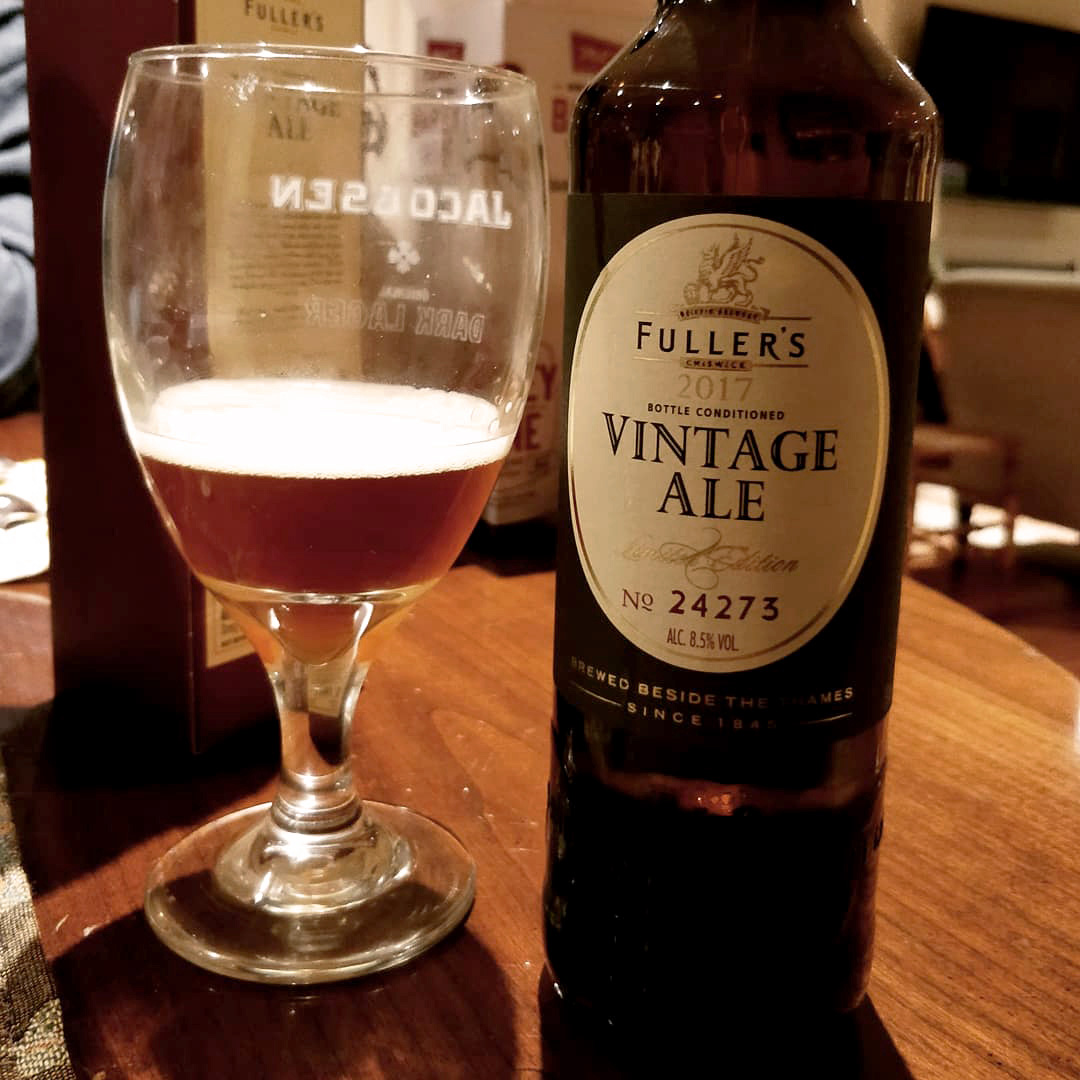
The prices of “staple” styles seem to be climbing just as fast. It’s not unusual to see the cost of a can of IPA at the LCBO in the range of $4 or even $5.
At the other end of the spectrum, of course, a lot of “beer” can still be had quite inexpensively. Most of the mainstream macro beers are priced right around five bucks a litre. In the hyper-competitive world of utilitarian industrial lagers, a few cents can mean a pretty large shift in market share and so this five-dollars-per-litre mark is typically where you’ll find beers made in very large volumes that have likely been field-tested to find the sweet spot of affordability and profitability for their parent companies.
Budweiser and Molson Canadian, for example are in this pricing segment. A slew of beers at the LCBO clock in near the four-dollars-per-litre mark, including not just a handful of value brands like Molson’s Carling Ice and Old Style Pilsner, but also some “craft” brands like Cool Brewing Co’s Cool Lager and some Brick Brewing beers. And, of course, there are the few now-infamous “buck-a-beer” offerings that are available the lowest possible price by law. Barley Days Brewery’s Loonie Lager, at $1.10 for a 355ml format, is available for just $3.10 per litre, making it the least expensive beer by volume in the province. So why the disparity?
‘Craft’ full flavoured beers target a different market segment, and would not be well served to participate at a buck.
Kevin Meens works in Corporate Development for Toronto’s Cool Brewery, one of just three brewers in the province, along with Brick and President’s Choice (aka No Name), to take advantage of the province’s new rock-bottom price floor and offer one dollar beers. He says it’s not really fair to compare discount beer prices with the rest of the market. “ ‘Craft’ full-flavoured beers target a different market segment,” he says, “and would not be well served to participate at a buck.”
He also admits that the value in offering a dollar beer isn’t going to be profit for the company that opts to sell their product for such a low price, but rather that the value is in “guaranteed increased awareness, interest, trial, and media/word of mouth sharing of buck-a-beer events.” In other words, for many brewers offering deeply discounted beer, the strategy is to offer the beer as a loss leader or to leverage the gimmick of buck-a-beer to drum
up publicity for the brewery.
The more expensive craft beers in Ontario can be priced the way they are because they really are specialty products being marketed to a specific market segment. Kyle Teichart is a co-founder of the (very) small-batch brewery Half Hours on Earth located in Seaforth, Ontario. Teichart’s beers, like Cosmic Perspective, Into the Groovy, and Persistence of Memory enjoy fairly high regard among craft beer aficionados and, at an average price of about $25 per litre, his company is likely making the priciest beer by volume in Ontario.
Economies of scale, amount of ingredients, and production time are the main factors that go into our pricing.
“Economies of scale, amount of ingredients, and production time are the main factors that go into our pricing,” Teichart says. “We are incredibly tiny even compared to most ‘small-batch’ breweries. We have added costs to ingredients, packaging materials, as well as the shipping costs to get them to our [brewery]. We’re also usually known for our heavily-fruited oak-aged sours, and we assume we’re on the high end for the overall amount of ingredients that go into our average beer. For instance, our fruiting rates for our oak-aged sours typically start around 360g/litre, topping out with Blue Thunder with 630g of blueberries per litre of beer in our latest batch. With our batch sizes being anywhere from 100 litres to 450 litres, it is not a lot of beer.”
In other words, a lot of Teichart’s speciality beers feature considerable volume of ingredients that aren’t actually beer. Additionally, brewers that are attempting to offer up something more unique than a fizzy yellow beer that is easy to drink when ice cold also have to factor in the possibility that some of their experiments don’t actually work. “Given the amount of oak-aged beers and/or beers with new ingredients or even new styles that we create,” Teichart says, “there is some beer that does not get released, likely a larger percentage than the average brewery. The time and cost of those beers need to be factored into what does get released. And we have very strict standards for the beer that makes it to our customers.”
So while it’s easy to gripe about beer pricing—as I often do—there might not be legitimate reason to complain. The Ontario beer industry is increasingly competitive and so one might argue that there is little room for brewers who would seek to offer beer with a price that isn’t supported by the quality of what’s in the can. It may not be Chanel number 5 or a vial of O Positive, but the price, it would seem, is likely justified. In other words, when it comes to beer, as it is with most things, you tend to get what you pay for.
This story originally appeared in the Spring 2020 issue of The Growler. You can find Ontario’s favourite craft beer and cider guide at your local brewery, cidery, select private liquor stores, and by subscription here.
